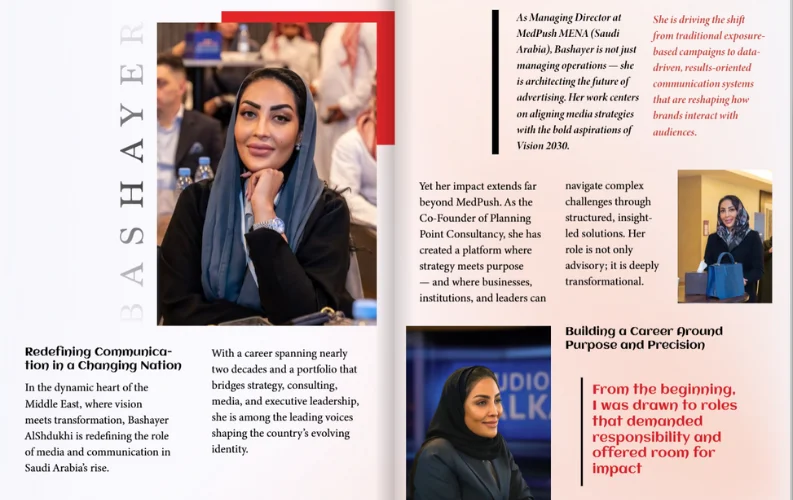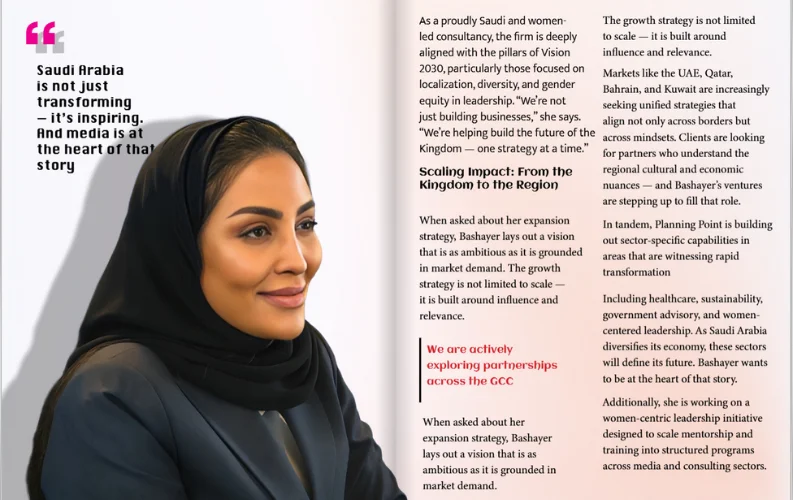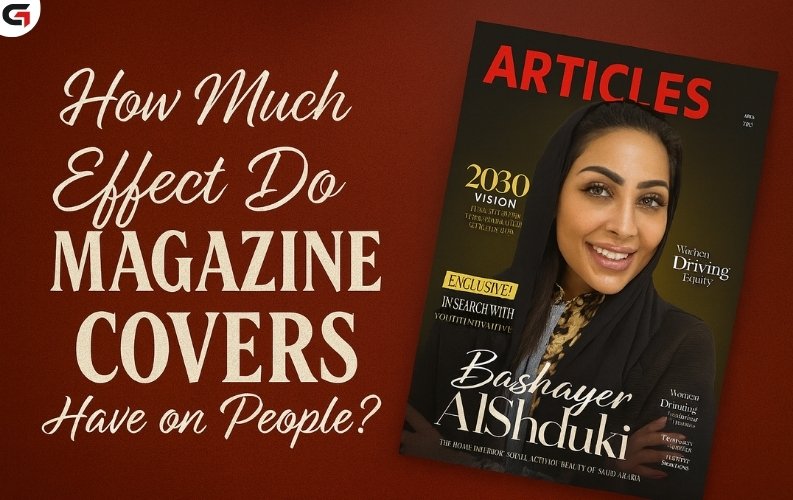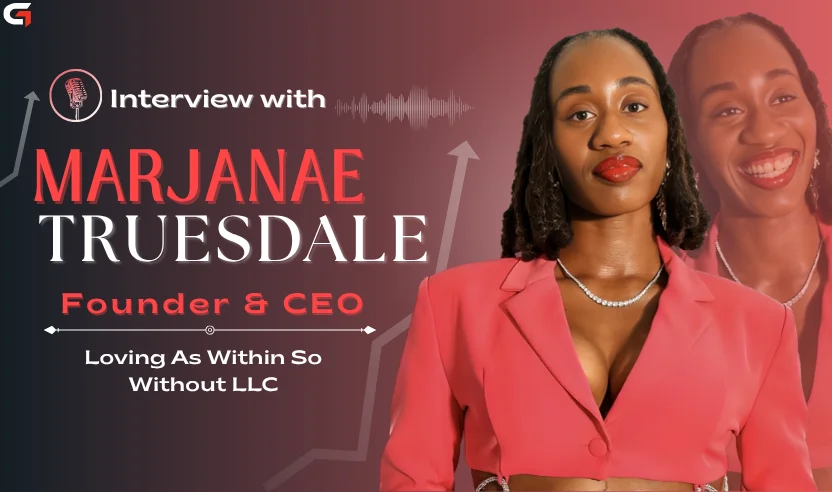In the world of media, branding, and communication, few visual tools are as iconic and enduring as the magazine cover. Long before social media feeds, viral videos, and influencer culture dominated attention spans, magazine covers served as primary cultural signposts. Today, despite a shift toward digital content, the magazine cover continues to wield significant psychological, commercial, and symbolic power.
This comprehensive article explores the multifaceted effects of magazine covers on people, from influencing perceptions and behavior to shaping societal narratives and driving commercial results. With over 2000 words of analysis and insight, we examine why covers matter, how they function psychologically, and what they mean in a digitally connected world.
1. The Psychology Behind First Impressions
A magazine cover is designed to be noticed instantly. Human beings are visual creatures, and the brain processes imagery far faster than text. Studies in cognitive psychology show that people form a judgment about visual content in less than a second. This means that a magazine cover’s effectiveness hinges on its ability to convey emotion, relevance, and intrigue almost immediately.
Elements like color, contrast, composition, and facial expressions contribute to the psychological weight of a cover. A confident, direct gaze from a subject invites connection. Bold typography reinforces authority. Strategic spacing influences visual hierarchy and readability. All of these elements work together to either captivate or repel a potential reader.
Effect: A strong first impression made by a cover creates emotional engagement and opens the door to content consumption. Poor or cluttered covers, on the other hand, can dissuade interaction altogether.
2. Influence on Perception and Public Identity
Magazine covers shape how we perceive people, movements, and issues. A person featured on a cover is instantly granted a platform of authority. Whether the subject is a celebrity, entrepreneur, activist, or everyday hero, their presence on the cover signals that their story is worth knowing.
This symbolic positioning elevates not just the individual but the narrative surrounding them. If someone is portrayed in a glamorous or powerful light, readers subconsciously attach those traits to them. Conversely, raw, unfiltered photography may be used to portray vulnerability, realism, or urgency.
Effect: Covers influence public perception by assigning symbolic value. They become part of how individuals and movements are framed in collective memory.
3. Cultural Reflection and Trendsetting

Historically, magazines have played a vital role in reflecting and shaping cultural values. Covers often serve as snapshots of a particular time, showcasing fashion trends, political milestones, or social revolutions. They reflect what society deems important, desirable, or controversial.
Covers featuring firsts, such as the first Black model, the first openly LGBTQ+ celebrity, or the first female CEO, are more than just artistic choices. They are cultural statements that contribute to social progress or challenge existing norms.
Effect: Magazine covers act as both mirrors and molders of society. They reflect existing narratives while simultaneously influencing how those narratives evolve.
4. Representation and Identity Formation
One of the most significant effects of magazine covers is their role in shaping identity, especially among youth. Seeing someone who looks like you, comes from your background, or shares your challenges on the cover of a respected publication can be empowering.
For decades, mainstream magazine covers largely featured a narrow definition of beauty, success, and heroism. Over time, however, there has been a concerted shift toward inclusion and diversity. Featuring people of different races, body types, ages, gender identities, and socioeconomic backgrounds challenges exclusionary norms and fosters a more inclusive sense of belonging.
Effect: Magazine covers can validate and empower individuals who have historically felt unseen. They contribute to broader self-esteem and cultural identity development.
Also Read:- How Is a Person Selected for the Cover of a Magazine?
5. Influence on Consumer Behavior
From a commercial standpoint, magazine covers are strategic tools designed to drive engagement and sales. Whether on a physical newsstand or a digital platform, the cover serves as a call to action. Strong visuals and persuasive headlines lead to increased click-through rates, subscriptions, or purchases.
Factors that impact consumer behavior include:
-
Visual appeal and clarity of message
-
Celebrity endorsement or well-known figures
-
Relevance of featured topics to current events
-
Promises of exclusive content or special insights
Effect: A compelling cover directly correlates with commercial performance. It determines whether a magazine is picked up, clicked on, or shared.
6. Symbol of Success and Social Proof

For public figures, being featured on a magazine cover is often seen as a major milestone. It signifies validation, status, and influence. From business executives to entertainers, the magazine cover is often used as a PR asset across websites, press kits, and social media platforms.
Entrepreneurs use cover features to build authority and gain trust. Artists and influencers use them to enhance visibility. The cover acts as a stamp of approval, often leading to further media opportunities and brand collaborations.
Effect: Covers function as public endorsements. They influence how seriously someone is taken in their field and impact future opportunities.
7. Emotional and Behavioral Influence
Emotionally, magazine covers affect readers by reinforcing or challenging their beliefs. Covers focusing on health, body image, wealth, or self-improvement can trigger comparison, aspiration, motivation, or even anxiety.
A cover showing a dramatic weight loss transformation may inspire one person to adopt healthier habits, while simultaneously making another feel inadequate. Stories of financial success may push readers toward productivity, but also foster a fear of failure.
Effect: Covers influence mood, mindset, and even decisions. Their emotional tone can uplift, inform, provoke, or pressure.
8. Impact of Design and Storytelling
Design is not decoration, it is storytelling. A well-designed magazine cover does not just look good; it communicates a narrative. The interplay of fonts, colors, images, and placement tells readers what to expect inside.
Typography choices convey tone, serif fonts suggest tradition, sans-serif suggests modernity. Color schemes influence emotion. Layout guides the eye in a logical sequence.
Effect: Design choices shape the story being told before a single word is read. Good design elevates trust and engagement.
9. Viral Potential in the Digital Age
In the past, magazine covers lived primarily in physical spaces, bookstores, waiting rooms, mailboxes. Today, they are digital assets that are easily shareable across social platforms, news aggregators, and promotional emails.
This virality means that a magazine cover can reach millions of people within hours of release. It becomes part of the global conversation, analyzed, praised, or criticized in real-time.
Effect: Magazine covers now have global visibility and influence, far beyond their printed origins. Their reach and impact have grown exponentially.
Explore More:- How Can I Make a Magazine Cover?
10. Enduring Legacy and Archival Value

Some magazine covers transcend their original publication date and become cultural artifacts. Iconic covers are often referenced in retrospectives, documentaries, and academic studies. They capture moments that defined generations.
Think of covers featuring world leaders during crises, pop stars during cultural peaks, or thought leaders during societal shifts. These covers are not forgotten, they are archived, framed, and remembered.
Effect: Magazine covers contribute to cultural history. They become permanent visual records of what mattered in a specific time and place.
Conclusion
Magazine covers hold substantial power, more than many people realize. They influence how we perceive individuals, frame cultural discourse, guide consumer decisions, and shape our emotional responses. Their effects are both immediate and long-term, tangible and psychological.
Despite the rise of digital content, the magazine cover remains a formidable symbol of relevance and authority. Its ability to communicate value in a single image and a few words is unmatched. For readers, it is a gateway. For brands and individuals, it is a platform. For culture, it is a chronicle.
In a world overflowing with fleeting content, the magazine cover endures as a focal point of influence, sharp, symbolic, and deeply human.
Key Takeaways
-
Magazine covers create powerful first impressions that shape engagement.
-
They influence public perception, emotional response, and social validation.
-
Covers reflect and shape cultural values, especially through representation.
-
They drive consumer behavior, business opportunities, and personal branding.
-
In both print and digital forms, magazine covers remain highly relevant in modern media.
For readers and creators alike, understanding the power of a magazine cover is to understand how culture, business, and emotion intersect in a single frame.
You may also like:-






















